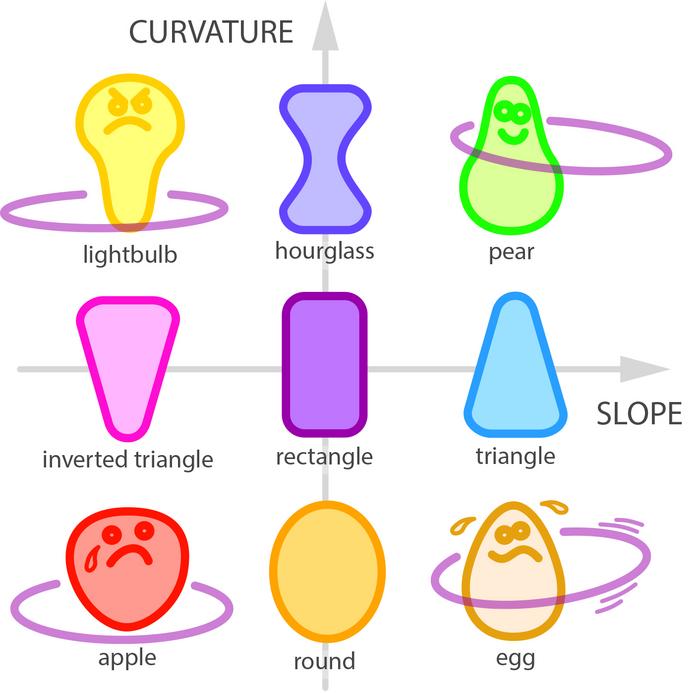Academic math, you’d probably assume, is a kind of dry topic, filled with tedious equations and the like. Not so, if a new paper is to be believed: in fact, it’s an area in which you hack a common schoolyard game by teaching robots to hula hoop.
“We were surprised that an activity as popular, fun, and healthy as hula hooping wasn’t understood even at a basic physics level,” said Leif Ristroph, an associate professor at New York University’s Courant Institute of Mathematical Sciences and senior author of the study, in a statement Thursday.
“As we made progress on the research, we realized that the math and physics involved are very subtle, and the knowledge gained could be useful in inspiring engineering innovations, harvesting energy from vibrations, and improving in robotic positioners and movers used in industrial processing and manufacturing.”
Their investigation into hula hooping suitably justified, Ristroph and his team set to work figuring out how it is that the hoops stay a-hula-ing. And they did so in the most direct and Pixar-like way possible: by 3D-printing a set of gyrating “robotic hula hoopers” in various shapes, and pitting them against each other to see who hula’d best.
“We were specifically interested in what kinds of body motions and shapes could successfully hold the hoop up,” Ristroph explained, “and what physical requirements and restrictions are involved.”
They started simple: would a cylinder be able to keep a hula hoop up and spinning? And the answer was… well, probably exactly what you’d expect: “All trials with a cylindrical body fail[ed] to suspend the hoop,” the study reports.
Cones, both top- and bottom-heavy, were slightly less of a failure – but not by much. What really helped, though, was adding a curved “waist”, making what’s technically known as a hyperboloid shape: “our findings identify a necessary ‘body type’ for stable hooping that includes an appropriately angled or sloped surface – i.e., with ‘hips’ – as well as an hourglass-shaped profile.”

Choose your alignment.
Image credit: NYU’s Applied Mathematics Lab
But just because a body had trouble keeping a hula up didn’t mean the whole game was off. “In all cases, good twirling motions of the hoop around the body could be set up without any special effort,” Ristroph pointed out. Rather, the results implied that anybody could get a hula going – but some people would have a harder time maintaining the spin.
In other words: yes, your curvaceous friend really does have an easier time hula hooping than you – but that doesn’t mean you’ve no hope in the hula game at all.
“People come in many different body types – some who have these slope and curvature traits in their hips and waist and some who don’t,” Ristroph concluded. “Our results might explain why some people are natural hoopers and others seem to have to work extra hard.”
The study is published in the journal PNAS.
Source Link: Hula Hooping Robots Help Solve A Puzzling Physics Phenomenon